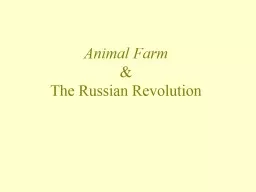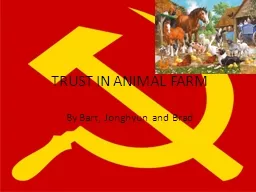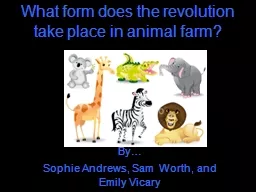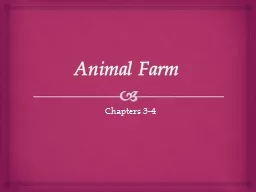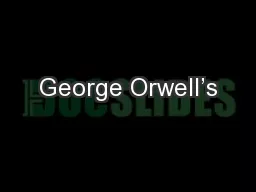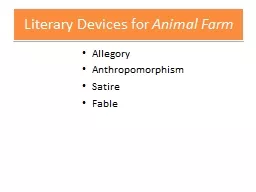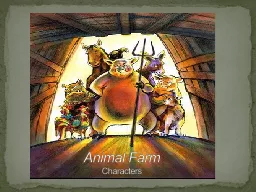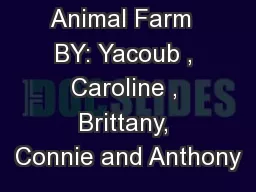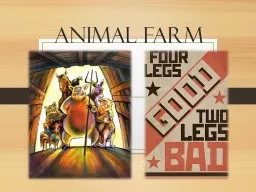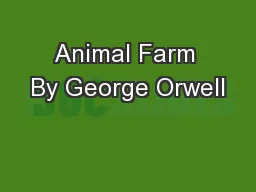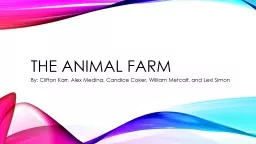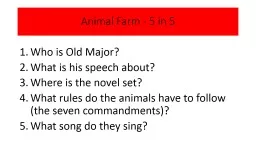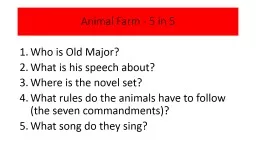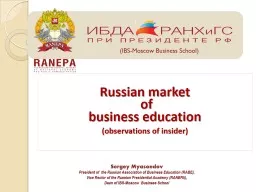PPT-Animal Farm & The Russian
Author : karlyn-bohler | Published Date : 2019-02-13
Revolution Animal Farm Written by George Orwell Published in 1945 Immediate successtranslated into many languages An allegory written to expose the Stalin regime
Presentation Embed Code
Download Presentation
Download Presentation The PPT/PDF document "Animal Farm & The Russian" is the property of its rightful owner. Permission is granted to download and print the materials on this website for personal, non-commercial use only, and to display it on your personal computer provided you do not modify the materials and that you retain all copyright notices contained in the materials. By downloading content from our website, you accept the terms of this agreement.
Animal Farm & The Russian: Transcript
Download Rules Of Document
"Animal Farm & The Russian"The content belongs to its owner. You may download and print it for personal use, without modification, and keep all copyright notices. By downloading, you agree to these terms.
Related Documents

